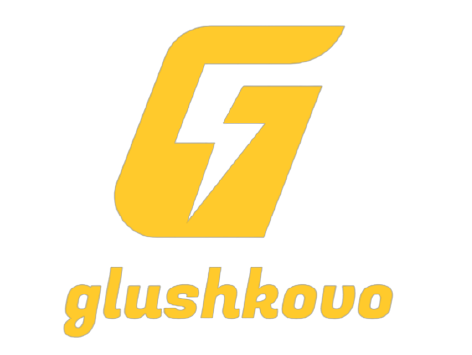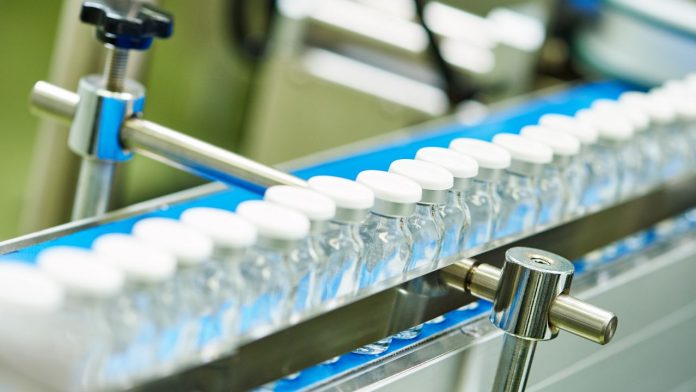In the pharmaceutical industry, vial labeling is a crucial process that ensures the correct identification and traceability of products. Accurate labeling is essential not only for compliance with regulatory standards but also for ensuring patient safety. A vital component of this process is label inspection technology, which helps verify that each vial is correctly labeled before it is distributed.
As labeling errors can lead to product recalls, miscommunication about drug dosage or ingredients, and potentially harmful consequences for patients, the integration of effective label inspection technology is essential in the vial labeling process.
The Importance of Label Inspection in Vial Labeling
Vials are widely used in the pharmaceutical industry to store liquids, powders, and other formulations, particularly injectable drugs. Accurate labeling on vials provides essential information such as the drug name, dosage instructions, batch number, expiration date, and safety warnings. Given the small size of vials, ensuring that the label is both legible and correctly applied is critical.
Label inspection technology ensures that each vial meets strict labeling standards. This includes verifying the correct placement of the label, ensuring that the information is clearly printed and visible, and checking for any defects such as missing or incorrect data, smudged text, or improper alignment.
Types of Label Inspection Technologies
Several types of inspection technologies are used in the vial labeling process, each designed to identify and prevent specific labeling errors. These technologies work in combination to ensure that every vial is labeled accurately and efficiently.
- Vision Systems: Vision systems use high-resolution cameras to inspect the label for correct placement, alignment, and clarity. These systems can detect issues such as skewed or misaligned labels, missing or incomplete text, and blurred images. Modern vision systems are capable of performing inspections at high speeds, making them suitable for use in automated vial labeling lines. The cameras capture images of each labeled vial and compare them to a pre-set standard, rejecting any vials that do not meet the criteria.
- Optical Character Recognition (OCR) and Optical Character Verification (OCV): OCR technology is used to read the text printed on the label and convert it into digital data, allowing the system to verify that the correct information is printed on each vial. OCV, on the other hand, ensures that the characters on the label are printed correctly and legibly. These technologies are especially useful for ensuring that batch numbers, expiration dates, and drug names are accurate and clearly displayed.
- Barcode and QR Code Scanners: Many vial labels include barcodes or QR codes for product tracking and traceability. Barcode scanners in the inspection process ensure that these codes are correctly printed and readable. This is critical for product identification and can also help streamline the supply chain by facilitating easier tracking and inventory management.
- Label Presence Detection: In some cases, vials may pass through the labeling process without a label being applied, which can result in serious errors later in the distribution chain. Label presence detection sensors ensure that each vial has a label affixed to it before it proceeds further along the production line.
Advantages of Automated Label Inspection
Automating the label inspection process in vial labeling offers several advantages, including increased accuracy and speed. Human inspection can be error-prone, particularly when working at high speeds or with small labels that contain detailed information. Automated inspection systems reduce the risk of errors and can operate continuously without fatigue, improving overall efficiency.
Furthermore, automated label inspection technologies can capture and store data, providing detailed records of inspections for regulatory compliance. This is especially important in the pharmaceutical industry, where quality control is highly regulated.
Challenges and Future Trends
Despite the benefits, some challenges remain in label inspection for vial labeling. For instance, vials with irregular shapes or reflective surfaces can sometimes pose difficulties for vision systems. To address this, advancements in machine learning and artificial intelligence (AI) are being integrated into inspection systems to improve accuracy and adaptability. AI-based systems can learn from previous errors and adjust their inspection criteria dynamically, further reducing the chances of labeling defects.
Conclusion
Label inspection technology plays an essential role in ensuring the accuracy and quality of vial labeling in the pharmaceutical industry. From vision systems to OCR and barcode scanners, these technologies work together to detect and prevent labeling errors, enhancing patient safety and regulatory compliance. As technology advances, the inspection process will become even more precise and efficient, contributing to the overall reliability of pharmaceutical products.










